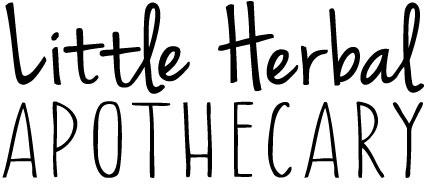by Liz Faermark, certified clinical herbalist
Common Name: Dandelion
Latin Name: Taraxacum officinale
Parts Used: leaf, flower, root
Taste: The leaves are mostly bitter, though early spring greens are more tender and tasty. Dandelion leaves get more bitter as the season progresses. The bright yellow flowering tops are bitter and a little salty. The root is a mix of bitter and earthy, with a hint of sweetness. The root is very tasty when roasted.
Medicinal uses: Dandelion has a ton of herbal power. Its leaves are stimulating to the digestive system and liver – a welcome wake-up as we transition from winter to spring. The bitter compounds in the leaves and roots serve as a strong digestive bitter. A digestive bitter is a food or formula that, when taken before eating, can stimulate the secretion of digestive “juices” (like digestive enzymes and bile) from the stomach, liver and gallbladder.
The cascade of reactions to this bitter stimulation allows us to: digest our food with greater ease, experience fewer post-meal woes (gas, bloating, sluggishness, discomfort from overeating), better assimilate nutrients from our food, and to regulate the appetite. Dandelion also contains inulin; inulin is a type of fiber that’s prebiotic, meaning it acts as food for the probiotic organisms in our gut. Inulin also helps stabilize blood sugar swings, and has an anti-inflammatory effect on the lining of the intestine.
The flowers of dandelion are full of nutritional goodness. Their yellow color indicates the presence of carotenoids, a group of medicinal plant constituents that act as antioxidants, which are very protective to the eyes and lungs. The fresh flowers can also be infused in oil used to massage stagnant tissues and stimulate circulation of lymph.
Springtime Food Uses: Wash and chop early spring leaves and add to a salad, spring greens pesto, or another sandwich spread. You can eat a whole flower when you’re feeling brave! Flowers can also be infused into vinegar, or shredded and made into dandelion fritters.
Where, When and How to Harvest: Dandelions grow prolifically in almost any green place. Herbal clinician, author and educator Guido Masé writes, “If you have difficulty finding or growing dandelion, then you either live in the tundra, or in the desert” (Masé, 2013). You can find them in your yard, old garden beds, parks, and abandoned fields along the front range of Colorado. Make sure you’re harvesting from a safe place that’s far from roads and hasn’t been sprayed! Leaves are best harvested in early spring; flowers as they come on in mid-spring/early summer; and roots in the fall when the puffy, wish-worthy seed heads have disbursed. Harvest spring leaves with clean kitchen scissors or pick by hand, and wash as you would salad mix. Pluck the clean flowers off the stems with your fingers after morning dew has dried from the petals.
Sweet & Creamy Dandelion Latte
2 T dandelion root
1 T burdock root
1 t fenugreek seed
1 t cacao nibs
1 t cinnamon chips
- Combine all herbs in a small sauce pan on the stovetop, and cover with 4 cups of water.
- Set to medium-high heat and allow to come to a vigorous simmer.
- Let the herbs decoct in the water at a steady simmer for about 45 minutes. You should have
- Strain out the herbs and top with a splash of cream or your favorite non-dairy milk.
Sources:
The Wild Medicine Solution: Healing with Aromatic, Bitter, and Tonic Plants, by Guido Masé
Herbal Medicine From he Heart of the Earth, by Dr. Sharol Marie Tilgner
Herbal Vade Mecum, by Gazmend Skenderi




